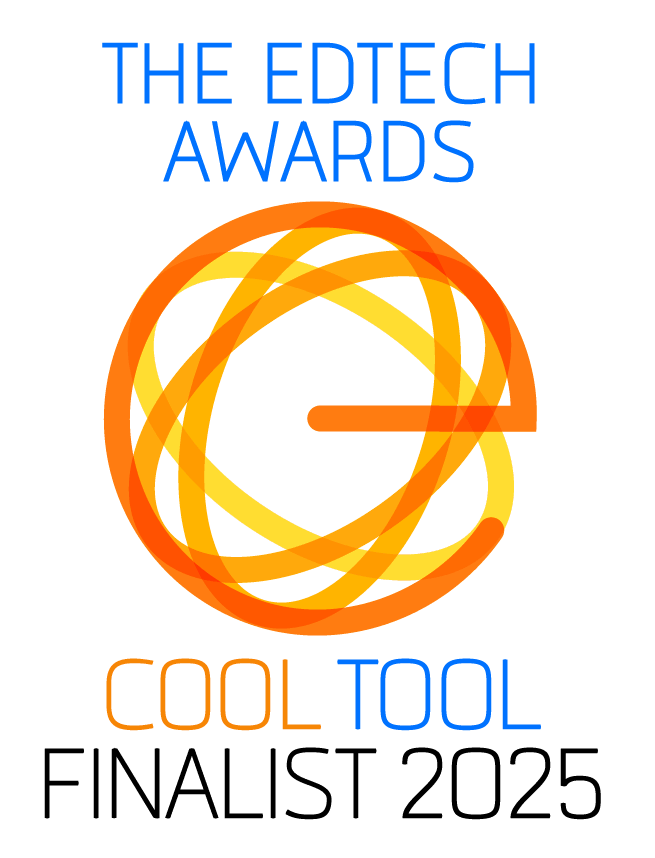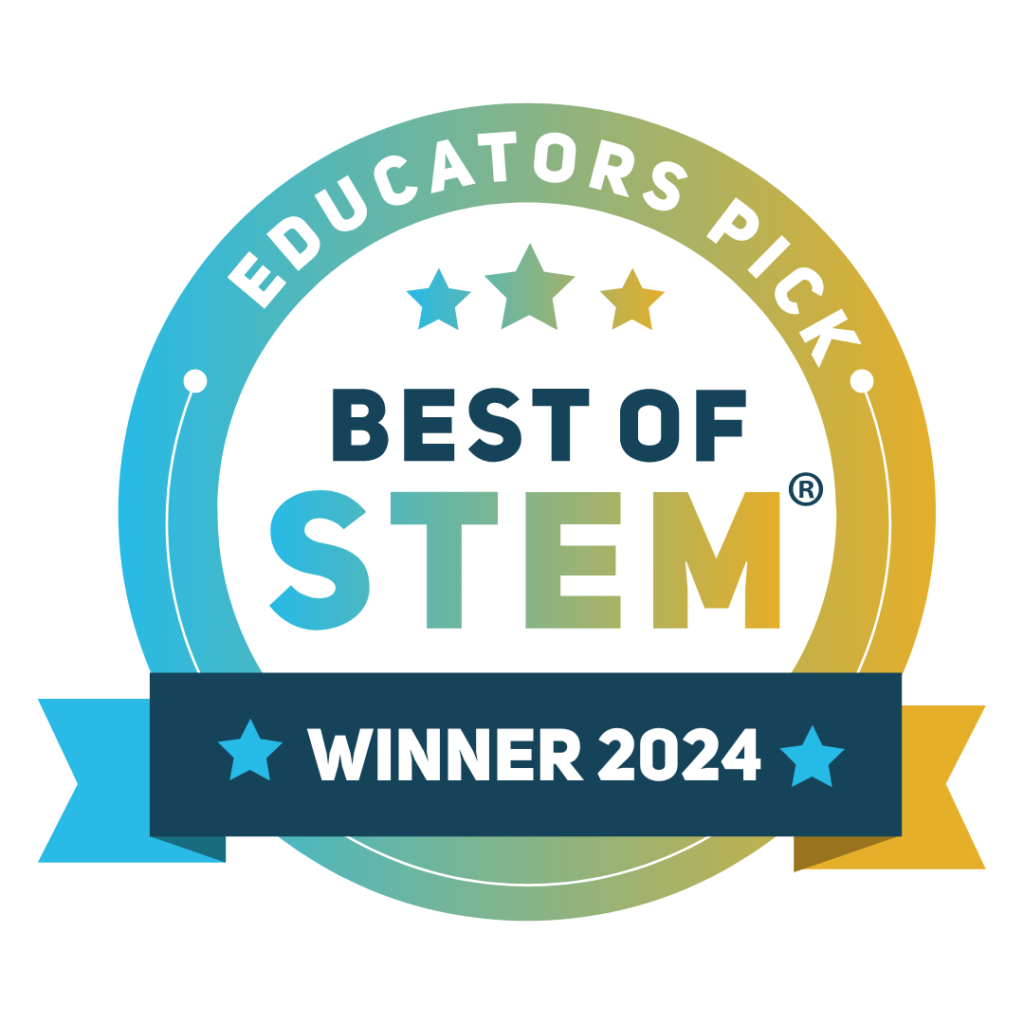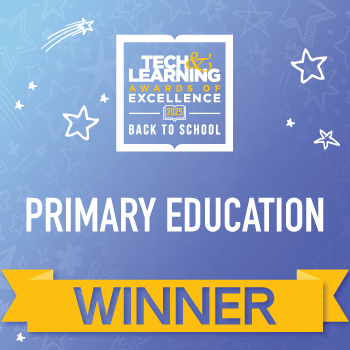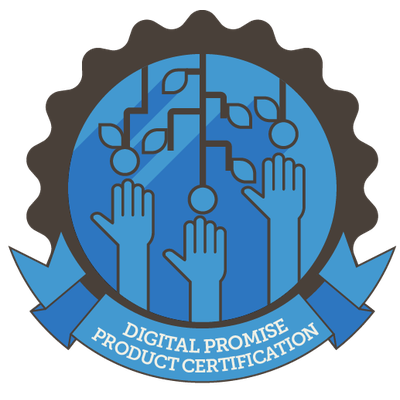Awards and Patents
Awards and Patents
A Patented Approach to the Future of Education
DOUBLE WIN at ISTE 2025!
We’re thrilled to announce that both ST Math and InsightMath were named Best of Show by Tech & Learning!
Our Awards
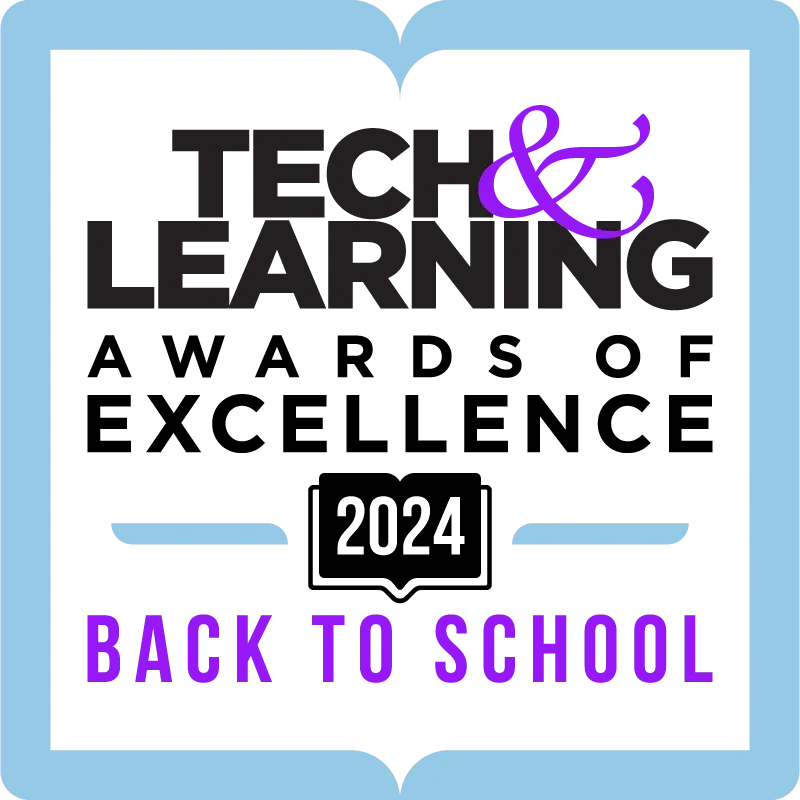
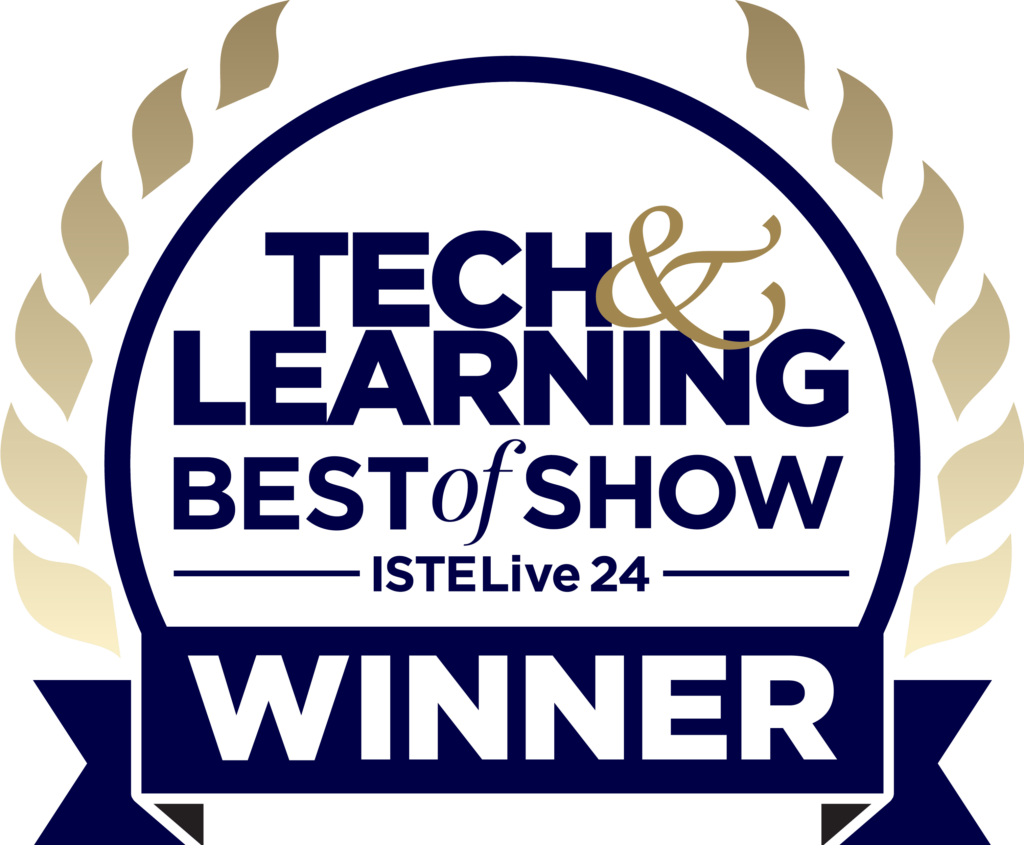
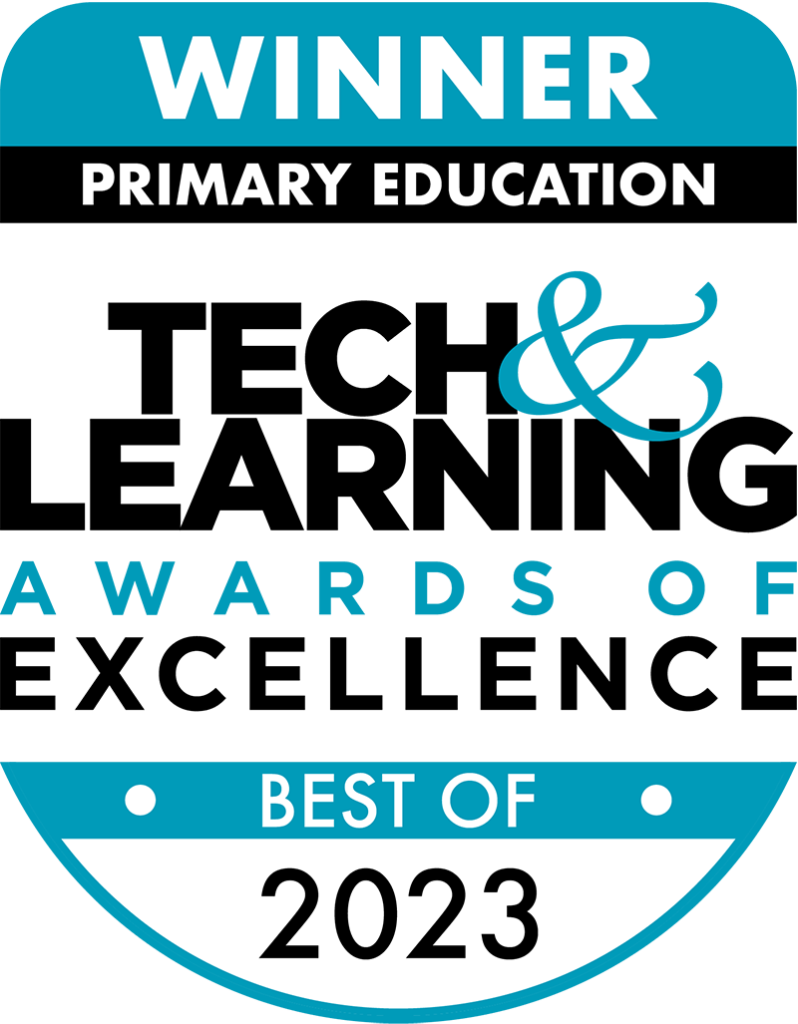

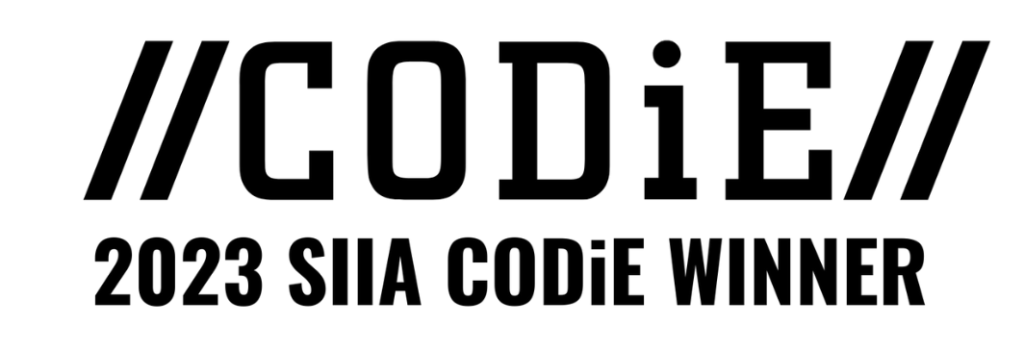
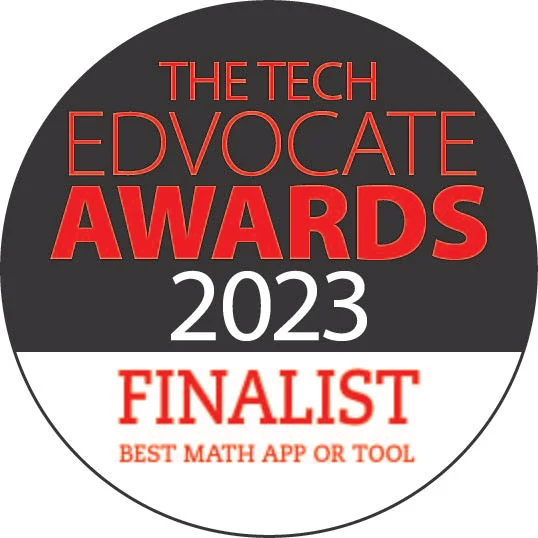
Product Validation
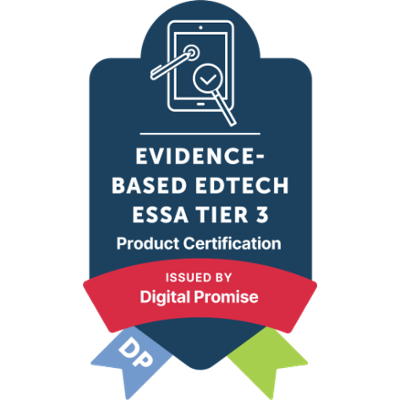
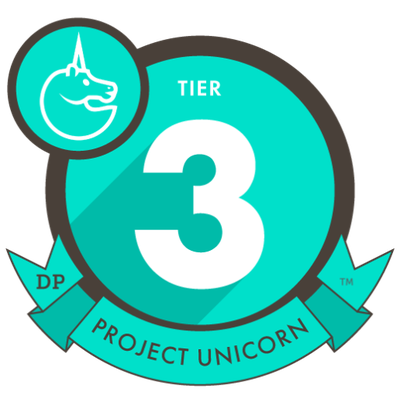
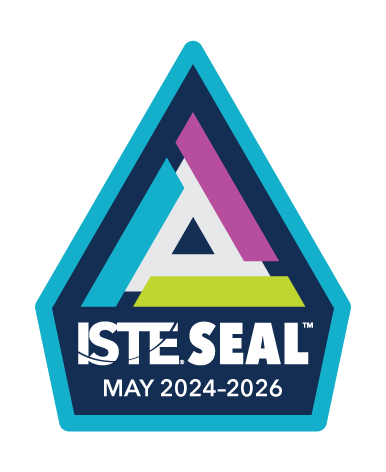
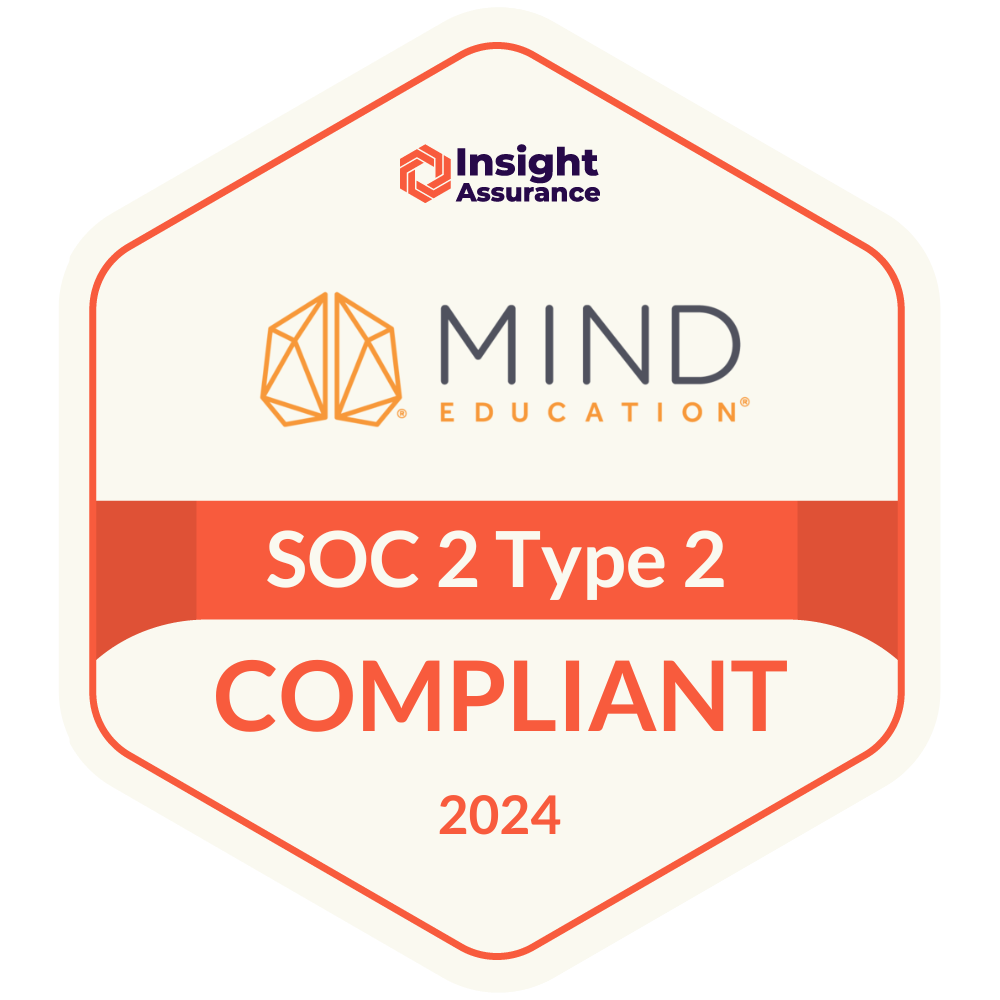
MIND Research Institute holds a wide-ranging portfolio of patents for our inventions in neuroscience, spatial-temporal reasoning and education technology. Our patents demonstrate our effort to completely reinvent computer-based learning environments in order to drastically improve learning outcomes for all students. They also speak to the fundamental uniqueness of ST Math’s visual instructional design and approach.
Our patented method of training through visual reasoning environments and games is not limited to mathematics. We continue exploring related applications and solutions that will help teachers leverage how children learn best, to ensure that today’s students are equipped to solve the world’s most challenging problems.
Our Patents
Virtual Learning
System and Method for Training with a Virtual Apparatus
This patent addresses the way that ST Math turns a digital learning environment into an educational game using spatial-temporal (ST) reasoning to interact with virtual manipulatives that following mathematical rules. This includes informative feedback showing why solutions work or not, difficulty ramps, and error tolerance.
Patent# 10,304,346
Issue Date: 05/28/2019
Method and System for Teaching Vocabulary
This patent builds on the “System and Method for Training with a Virtual Apparatus” patent, and relates a spatial-temporal educational game to abstract, “language analytic” conventional learning terms, as well as scores that measure that learning.
Patent# 9,852,649
Issue Date: 12/26/2017
Systems and Methods Incorporating Animated Widgets in a Virtual Learning Environment
This patent involves the virtual manipulatives that ST Math incorporates into its spatial-temporal puzzles, their characteristics, and the different methods by which they can be interacted with. From using touch devices and mice, to the ways objects can be manipulated (dragging, rotating, etc.), and they ways the objects respond, are part of the systems and methods described.
Patent# 9,633,570
Issue Date: 4/25/2017
Method and System for Enhancing Working Memory
This patent involves machine implemented methods and apparatus for improving working memory of humans.
Patent# 9,620,030
Issue Date: 04/11/2017
Method and System for Presenting Educational Materials
This patent involves a method of presenting digital educational lessons in a whole-class environment. It includes a method for teachers to push an interactive, spatial-temporal puzzle out to the class, have individual users interact with the puzzle, and compile answers from individual users.
Patent# 9,449,415
Issue Date: 9/20/2016
System and Method for Analysis and Feedback of Student Performance
This patent involves a way of taking the spatial-temporal learning games, incorporating them into a full curriculum, and charting progress through that curriculum. Methods for analyzing student performance and the effectiveness of the overall program are included. The ability to track progress track progress at different levels (student, class, school or district) over a multitude of different durations and time periods is also covered in this patent.
Patent# 8,491,311
Issue Date: 07/23/2013
System and Method for User Login and Tracking
This patent for a visual-spatial login code involves how to enable secure and permanent student login authentication, and helps solve the perennial problem of students forgetting their password. In addition to password of symbols, this patent covers the multi-stage process for teaching users to remember their login code in a game-like way.
Patent# 7,653,931
Issue Date: 01/26/2010
Method and System for Teaching Vocabulary
This patent was clarified and supplanted by MIND’s 2017 Patent # 9,852,649. See above for more detail.
Patent# 7,182,600
Issue Date: 02/27/2007
Puzzles & 3D Manipulatives
Drawing Tool
A hands-on physical manipulative device we call a “rotosquare,” which can be produced with a 3D printer. As the user cranks the device in a circle, the device transforms the user’s circular motion to draw a square – demonstrating the “wow” factor of math in the real world. Print your own rotosquare using these files (.zip download) and assembly guide.
Patent# D845,393
Issue Date: 04/09/2019
Devices and Method for Hands-on Learning of Mathematical Concepts
This patent involves a hands-on physical manipulative device we call a “parabola modeler,” which can be produced with a 3D printer. This device enables a hands-on grasp of how parabolas function, and aligns with the spatial-temporal approach of ST Math. Specifically, the device promotes deeper understanding of what the “b” and “c” coefficients in a quadratic equation mean with respect to how parabolas look – an approach that leads learners to not just memorize, but understand how math works.
Patent# 9,754,511
Issue Date: 12/26/2017
Neuroscience
System and Method for Cortical Entrainment
Based on pure neuroscience research, this device uses visual and auditory stimulus to treat epilepsy. The device can analyze the brain activity of a patient and then provide treatment for the patient based on the analysis.
Patent# 9,848,816
Issue Date: 12/26/2017

